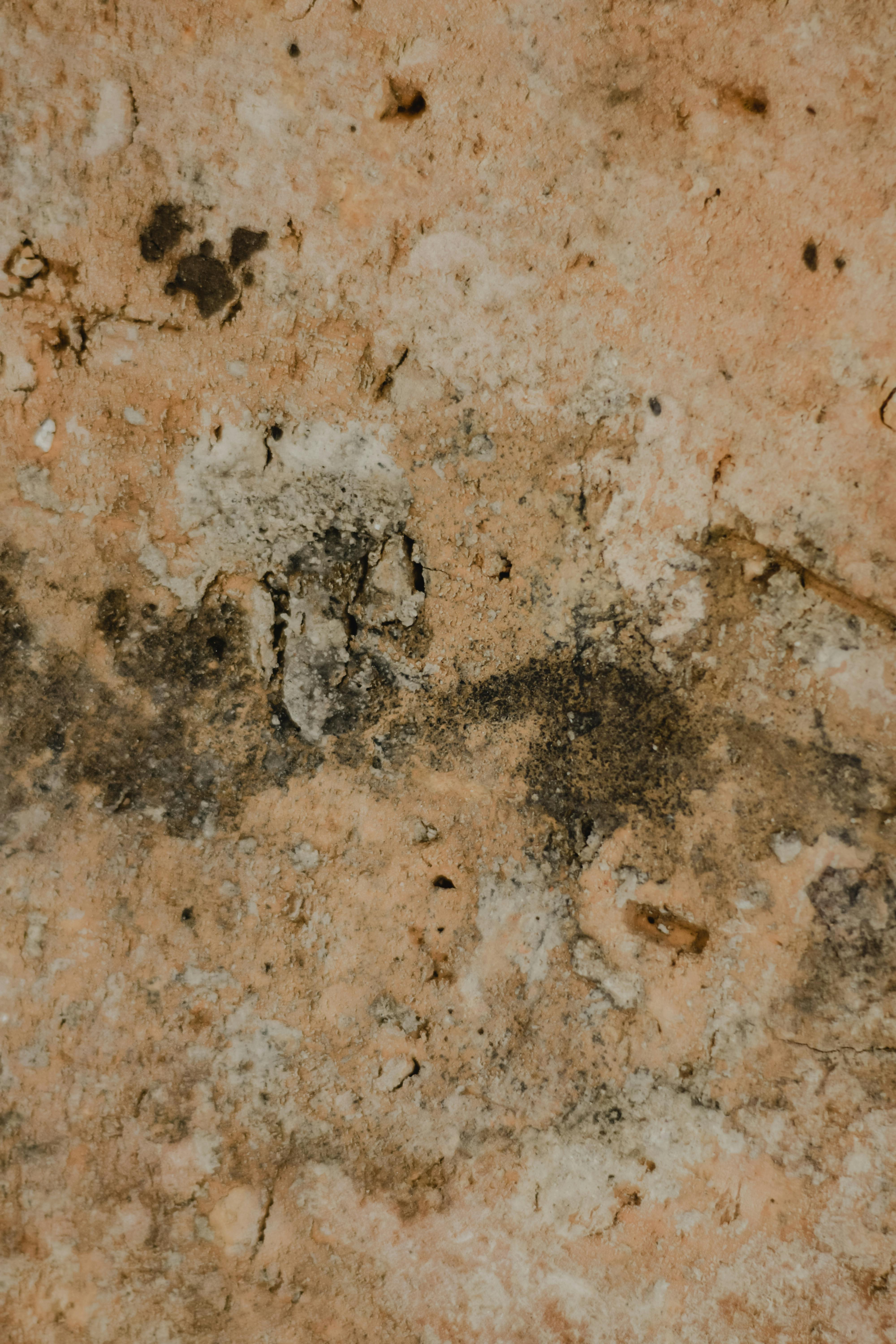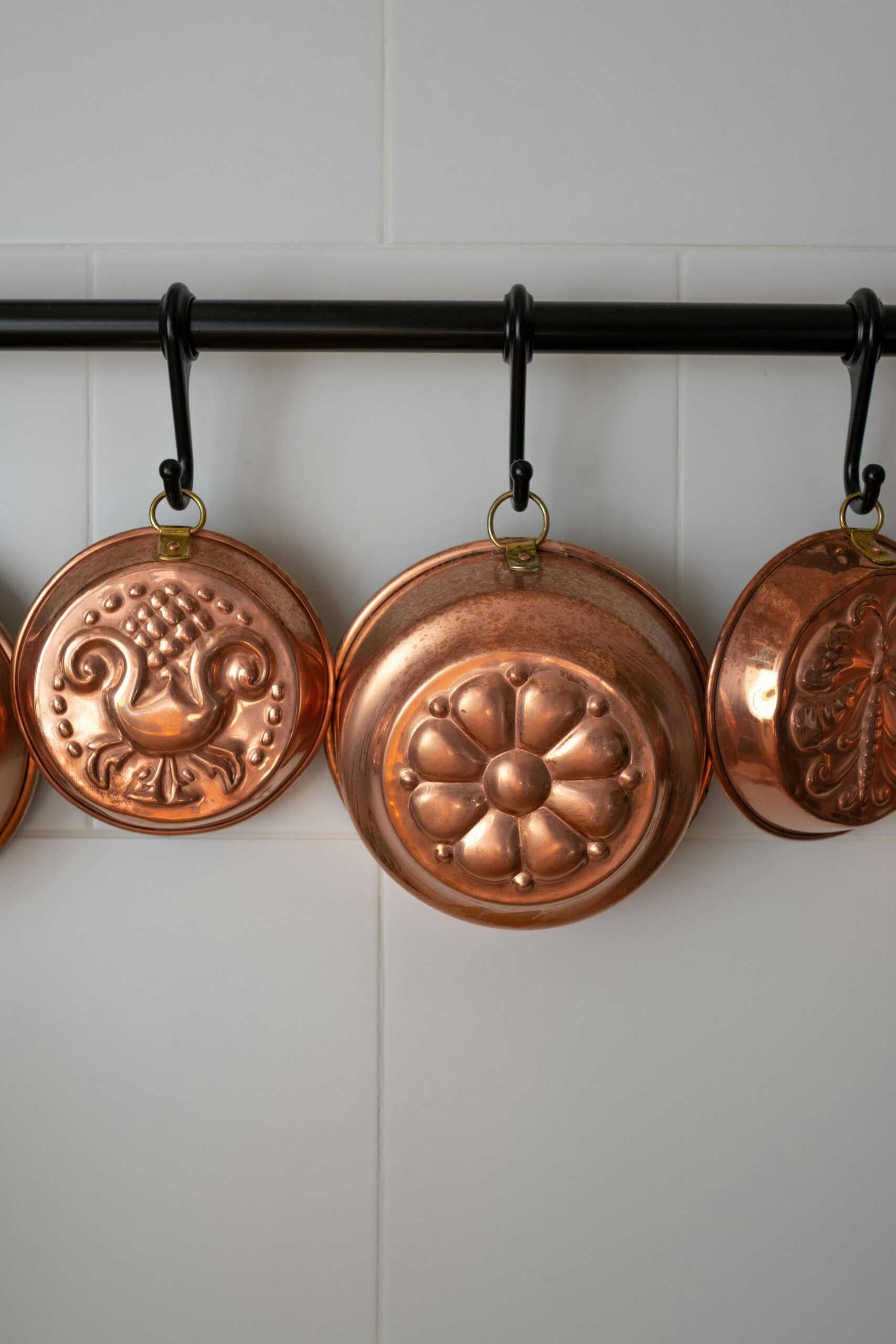Schimmel Wand: Understanding, Prevention, and Treatment
What is Schimmel and How Does it Affect Your Walls?
Schimmel, commonly known as mold, is a type of fungus that thrives in damp and humid environments. It can appear on any surface, particularly in areas with poor ventilation. When it comes to your walls, **schimmel** can cause not only unsightly stains but also serious health risks. Exposure to mold can lead to respiratory issues, allergic reactions, and other health problems. It’s essential to understand how **schimmel** grows and the conditions that favor its development. For instance, areas with high moisture levels, such as bathrooms and basements, are prime targets for this invasive growth.

Common Types of Schimmel Found on Walls
There are various types of **schimmel**, with some being more harmful than others. The most common types found on walls include Cladosporium, Penicillium, and Aspergillus. Cladosporium is often seen in homes and can trigger allergies. Penicillium, which is similar, can be found in damp areas and may cause respiratory issues. Aspergillus, on the other hand, has a more serious health risk, leading to infections in immunocompromised individuals. Understanding the specific type of **schimmel** in your home is crucial for determining the right treatment.
Signs of Schimmel Growth in Your Home
Recognizing the signs of **schimmel** early can save you from extensive damage and health risks. Common indicators include a musty odor, visible stains or discoloration on walls, and an increase in respiratory issues among household members. If you notice peeling paint or wallpaper, or if you see spots that appear fuzzy or discolored, these can also be warning signs of **schimmel** growth. Addressing these issues promptly is vital for maintaining a safe living environment.
Preventing Schimmel from Infesting Your Walls
Preventing **schimmel** from taking hold in your home starts with controlling moisture levels. Keeping humidity below 60% can help deter mold growth. Regularly inspecting and maintaining your home’s ventilation, especially in prone areas like bathrooms and kitchens, is also essential. Additionally, using a dehumidifier can effectively reduce moisture in the air. Another important tip is to seal leaks in roofs, pipes, and walls to prevent water accumulation. By taking these proactive measures, you can significantly lower the chances of **schimmel** appearing on your walls.
Effective Ventilation Techniques
Proper ventilation is critical in preventing **schimmel**. One effective technique is the use of exhaust fans in bathrooms and kitchens to remove excess humidity. Opening windows when possible also allows fresh air to circulate, reducing dampness. When renovating, consider installing vents or using mold-resistant materials, which can further decrease the likelihood of mold development. Consistent airflow and reducing stagnant conditions are key strategies for maintaining a dry and healthy environment.
Home Remedies for Preventing Schimmel on Walls
While professional solutions exist for tackling **schimmel**, there are several home remedies you can employ as preventive measures. Regularly cleaning walls with a mixture of vinegar and water can inhibit mold growth. Additionally, using essential oils like tea tree or lavender oil, known for their antifungal properties, can provide a natural defense against **schimmel**. Simply mix a few drops in water and spray it on areas prone to moisture. Implementing these simple remedies can go a long way in preserving your walls from mold.
Dealing with Existing Schimmel: Removal and Treatment
If you find **schimmel** on your walls, it’s essential to act quickly to minimize health risks and damage. The first step is to wear protective gear like gloves and a mask to prevent inhalation of spores while cleaning. For small patches, a simple solution of bleach and water can be effective in killing the mold. However, in cases of extensive growth, it may be wise to consult a professional mold remediation service to ensure thorough removal and to identify underlying moisture issues.
Step-by-Step Guide to Removing Schimmel from Walls
To effectively remove **schimmel** from your walls, follow these steps:
- Identify the area with schimmel growth and make sure to protect surrounding surfaces.
- Put on gloves, goggles, and a mask to protect yourself.
- Prepare a cleaning solution using one cup of bleach to one gallon of water.
- Use a sponge to apply the solution over the affected area, scrubbing gently.
- Allow the solution to sit for about 10-15 minutes to kill the mold.
- Rinse the area with clean water and dry thoroughly to prevent the mold from returning.
This method will help you effectively tackle small areas of **schimmel** on walls. For larger infestations, consider contacting a professional.
When to Call the Professionals
It’s important to recognize when a mold issue exceeds DIY methods. If you have extensive **schimmel** growth that covers a large area (greater than 10 square feet), or if you encounter mold in your HVAC system, it is advisable to contact professionals. They possess the tools and expertise to handle mold safely and effectively, addressing not only the visible symptoms but also identifying any underlying problems causing moisture issues.
Maintaining a Schimmel-Free Home
After addressing **schimmel** issues, the key to keeping your home mold-free lies in consistent maintenance. Regular inspections for leaks and moisture build-up, along with keeping your home ventilated, are crucial ongoing practices. Installing mold-resistant products during renovations can also contribute to a healthier environment. Consider implementing protective measures, such as waterproofing basements and using air purifiers, to improve indoor air quality and reduce mold spores.
The Role of Air Quality in Preventing Schimmel
Air quality plays a significant role in **schimmel** prevention. Ensuring good air circulation can drastically reduce moisture levels, making it harder for mold to thrive. Using HEPA filters in your HVAC system, keeping air ducts clean, and utilizing air purifiers can all contribute to improved air quality. A well-maintained indoor environment not only helps prevent mold but also promotes better health and well-being for you and your family.
Long-Term Strategies for a Schimmel-Free Environment
To ensure long-term prevention of **schimmel**, establish a plan for regular home maintenance. Schedule seasonal inspections, especially in areas known for high humidity. Invest in moisture meters to monitor humidity levels in your home. Additionally, consulting with professionals for annual maintenance checks can help catch issues early before they escalate into more significant mold problems. A proactive approach is the best strategy for sustaining a schimmel-free environment.
Key Takeaways
- Understanding the types and signs of **schimmel** is essential for early detection.
- Controlling humidity and improving ventilation are key preventative measures.
- Responsible treatment and removal are vital to ensure safety and health.
- Long-term maintenance strategies help sustain a schimmel-free home.
FAQ
1. How can I tell if my walls have schimmel?
Common signs of **schimmel** include visible patches on walls, a musty odor, and increased allergic reactions among household members. Regular inspections in high-moisture areas can help identify issues early.
2. Can schimmel affect my health?
Yes! Exposure to **schimmel** can lead to severe health problems, including allergies, respiratory issues, and more serious infections, especially for those with weakened immune systems.
3. What are the best products for removing schimmel?
Bleach and water solutions are effective for small areas. For larger infestations, mold removal products or professional services may be necessary to ensure thorough cleaning.
4. Is it necessary to hire a professional for schimmel removal?
If the infestation exceeds 10 square feet or is in your HVAC system, it’s best to hire professionals. They have the proper equipment and expertise to address widespread mold safely.
5. How can I prevent schimmel in damp areas?
To prevent **schimmel** in damp areas, use exhaust fans, dehumidifiers, and ensure proper ventilation. Regular cleaning and inspection can also help reduce moisture buildup.
6. Can certain building materials prevent schimmel?
Yes, using mold-resistant paints, drywall, and sealants can significantly reduce the risk of schimmel growth in susceptible areas of your home.
7. What should I do if I suspect a schimmel problem?
If you suspect a **schimmel** problem, inspect the area for visible growth, monitor humidity levels, and address any water leaks immediately to prevent further growth from occurring.
